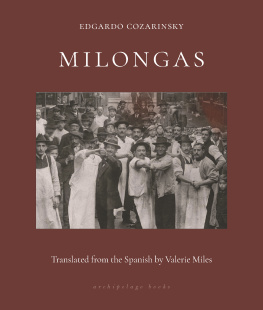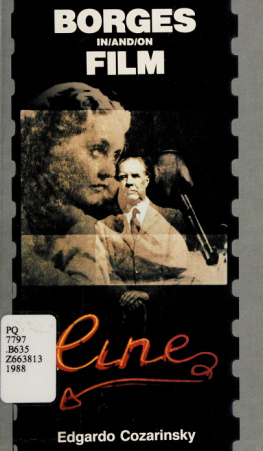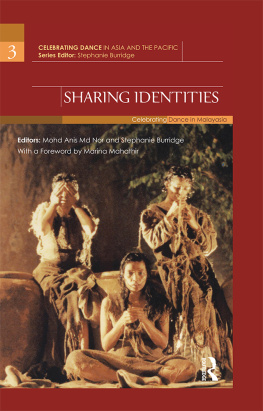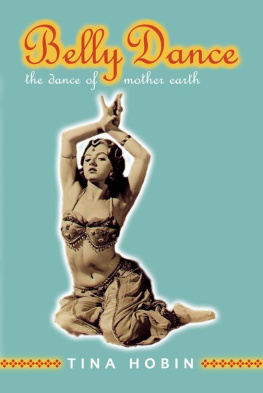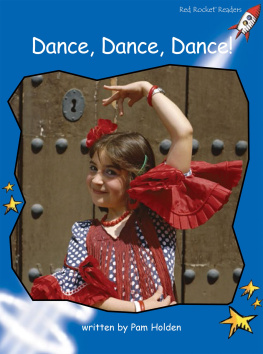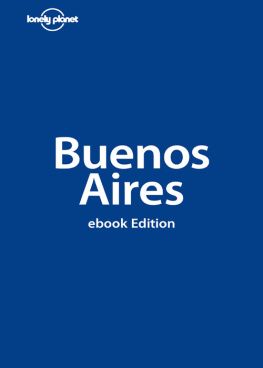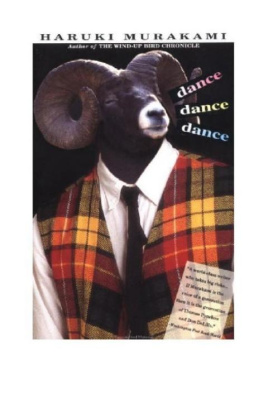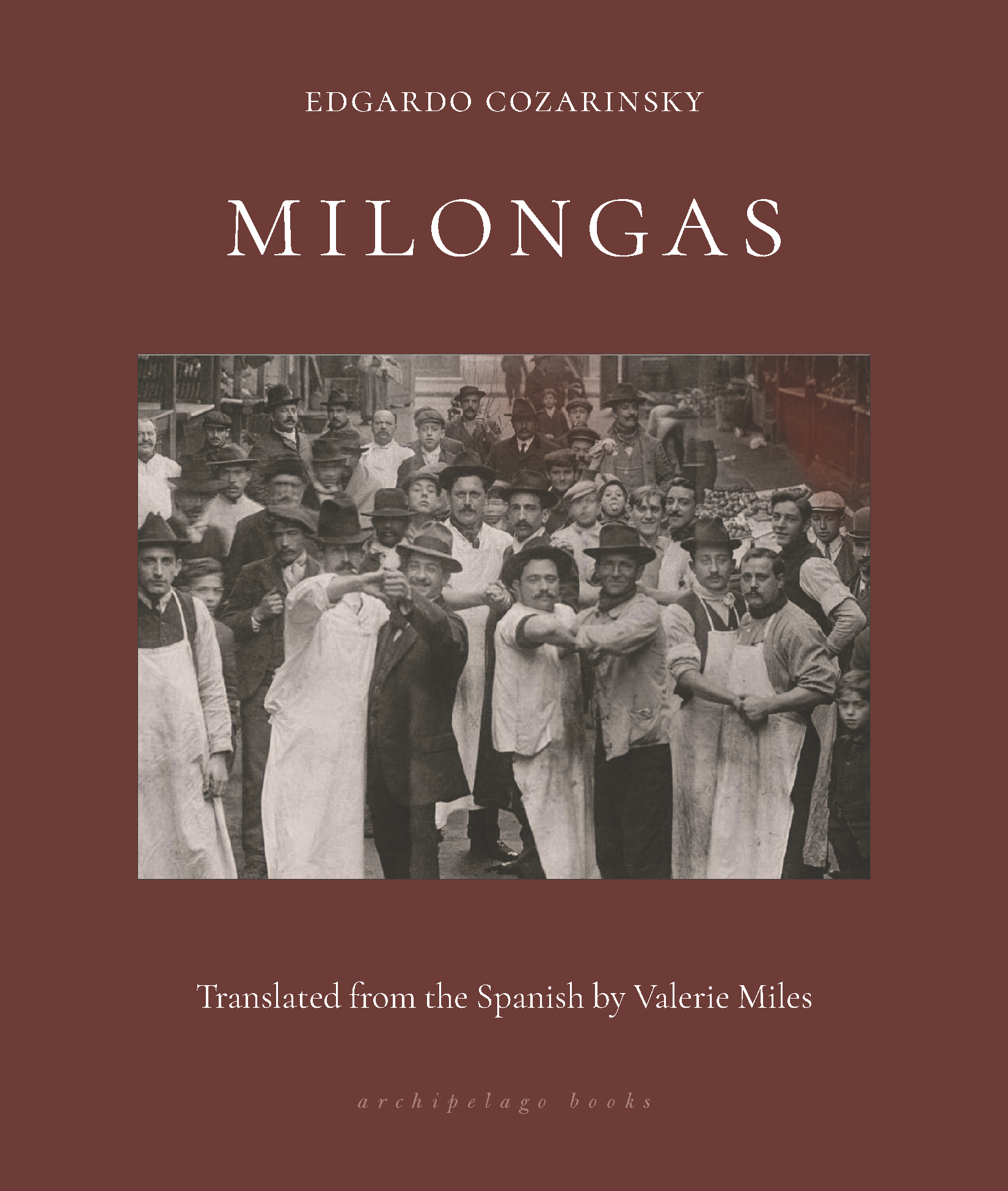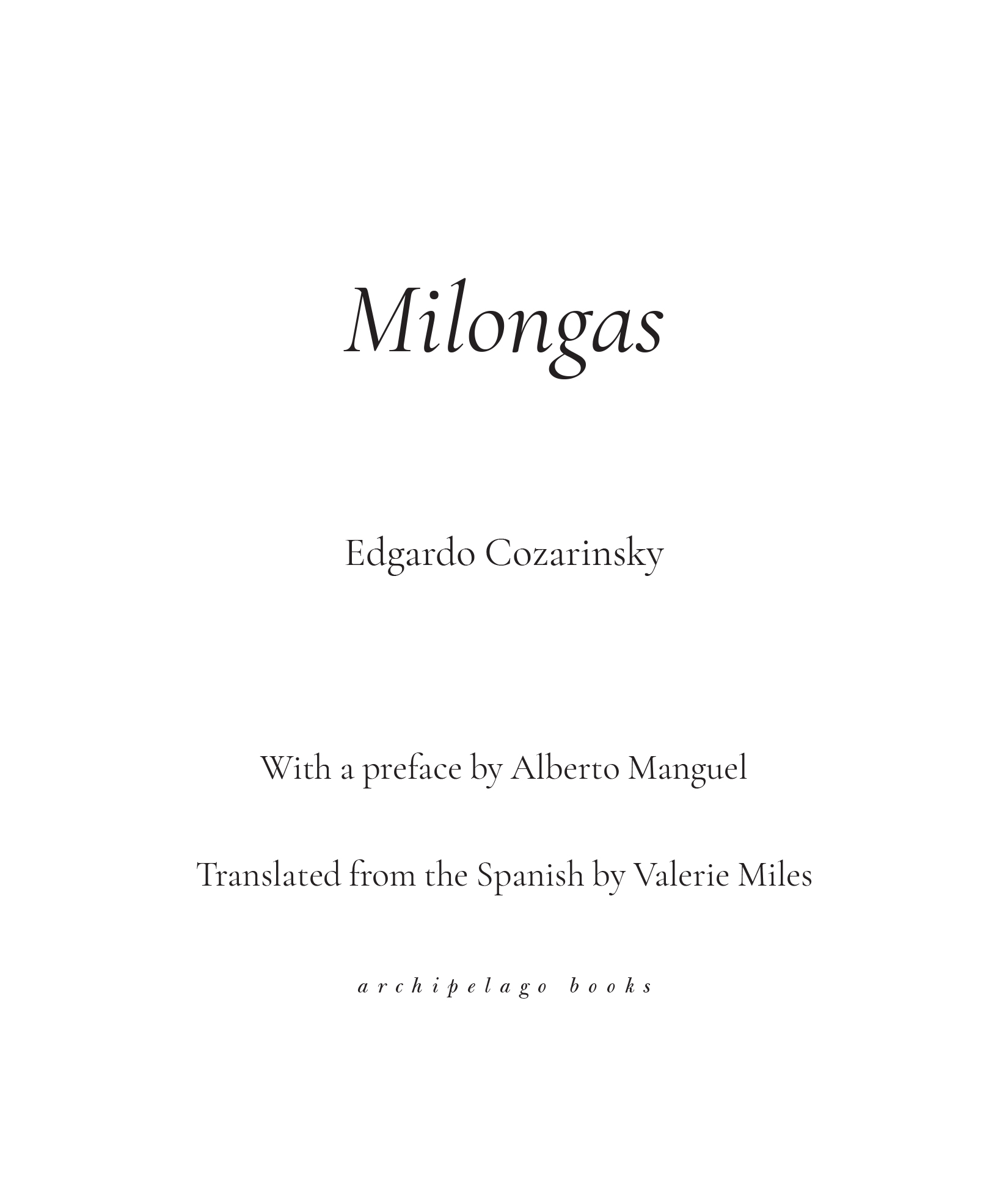All rights reserved. No part of this book may be reproduced or transmitted in any form without the prior written permission of the publisher.
This work was made possible by the New York State Council on the Arts with the support of Governor Andrew M. Cuomo and the New York State Legislature. Funding for the translation of this book was provided by a grant from the Carl Lesnor Family Foundation.
Work published within the framework of Sur Translation Support Program of the Ministry of Foreign Affairs and Worship of the Argentine Republic. Obra editada en el marco del Programa Sur de Apoyo a las Traducciones del Ministerio de Relaciones Exteriores y Culto de la Repblica Argentina.
Archipelago Books also gratefully acknowledges the generous support from Lannan Foundation, the National Endowment for the Arts, and the New York City Department of Cultural Affairs.
Preface
Apparently (but etymologies are unreliable) the word milonga derives from an African word meaning word. Jorge Luis Borges, in an early text, attributed the birth of the milonga and the tango to the arrival of African slaves: the habanera mother of the tango, the candombe Since in its remote beginnings the milonga was sung, the singing of words, an adjunct to the music, became the name by which the milonga was known. Popular singers, payadores, played milongas on the guitar, to which later, at social gatherings, the violin, the flute, and the piano were added. And yet, in the same way that the word scribe in ancient Mesopotamia concealed the fact that the main power of the scribe was not to write but to read, to decipher the messages preserved on the clay tablet, the name milonga concealed the fact that the milonga was above all not words but music.
Perhaps because music precedes words, or does not require them in order to exist, the succession of notes lends itself readily as a symbol of the emotional state of its listener or performer. Nothing in a certain beat, a certain rhythm, a certain tune carries an explicit emotive label: as in Bishop Berkeleys philosophy, the emotion in the milonga lies in the performance or in the reception of that performance, as the taste and color of an apple is in the tongue that tastes it and the eye that sees it.
A word or an image belong to a given vocabulary. Music adapts itself to the context given to it and acquires in the process a specific identity: melancholy, stirring, quarrelsome, sensuous. The tango, especially for a porteo, for a native of Buenos Aires, can be all those things at once. The milonga, a term that can be used for the tango that is not merely played or sung but danced, is above all sensuous, even lascivious, certainly erotic. The tango can be nave or mawkish; the milonga is never innocent. On the contrary, it is (in the eye and ear of the beholder) alluring, sexual, magnetic, suggesting an undercurrent of danger and possibly violence. This books title is Milongas and not Tangos, Cozarinsky sternly states. Its focus is on the dance, not the music. Music translated into movement, channeled through movement outside the verbal realm. Style is, according to Cozarinsky, the inescapable essence of milonga. If we define style as the individual response of one body to the sound of the music, he says, then that style will express itself and continue being refined until it grows splendid in some cases, merely correct in others, or else remains dull. In milonga, the dance and the dancer are indistinguishable from the very first step.
Cozarinsky traces the milonga (and in its wake, the tango) throughout the twentieth century and across several continents. He finds milongas danced in Krakw, London, Moscow, New York, Tokyo, and discovers that the movements of the dance can be learned and brilliantly performed by unexpected people, from the couple that danced for the censorious Pope Pius X to that archetypal Latin lover, Rudolfo Valentino, in The Four Horsemen of the Apocalypse; from the belle poque icons Gabriele DAnnunzio and Ida Rubinstein to the chauvinistic French President Raymond Poincar and his wife. Cozarinsky is not a distant observer: he is an experienced practitioner of the art, a well-known figure in the popular joints in which milonga is danced today in Buenos Aires. His essay has something of an autobiographical confession.
Unlike other dances, especially those born in the twentieth century, in the milonga youth and physical beauty are not weighty qualities. The dancers can be old and stout, short or tall: nothing matters except the skill with which their body conjures up or follows a style. If the dancers dont follow the adamant rules of style, they are not dancing milonga. Traditionally, men and women fulfilled different roles in the dance; today, same-sex couples dancing a milonga have to agree on who is playing one role or the other. Jack Lemmon in drag, with a rose between the teeth, stumbles around the dance floor in the arms of Joe E. Brown who has to correct Lemmons style: Daphne, youre leading again.
National identities are imaginary constructs and yet, because of certain emotions associated with certain nationalities, music can acquire a kind of passport that assigns it to a particular country. Country or city: milonga is the music of Buenos Aires, not Argentina; it is porteo, endemic to Buenos Aires, and becomes Argentinian only because Buenos Aires is the metonym for the nation. It is commonplace to say that the sound of a milonga makes a porteo weep with nostalgia. Cozarinsky makes it clear that the milonga is above all an existential condition, an ineffable, impassioned state of being.
Alberto Manguel
Lisbon, May 13 2021
The First Move
O body swayed to music, O brightening glance,
How can we know the dancer from the dance?
W. B. Yeats, Among School Children
This books title is Milongas and not Tangos.
Its focus is on the dance, not the music.
And the ways the dance is staged: the scenes, the rituals, and above all else, the characters.

